Smart concrete: The rise of energy-storing concrete
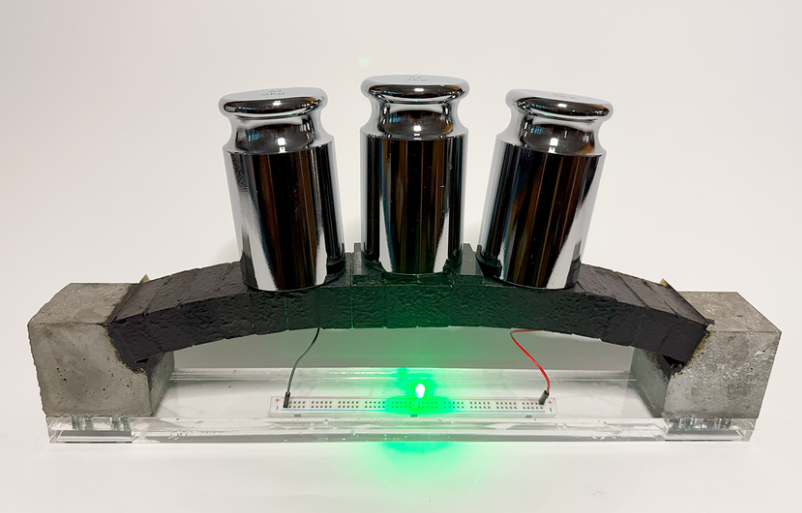
Researchers at MIT have developed a new form of concrete capable of storing and releasing electrical energy, a breakthrough that could transform how infrastructure interacts with renewable power. Known as electron-conducting carbon concrete (ec³), the material combines cement, water, a liquid electrolyte, and nanoscale carbon black. This composition creates a conductive internal network that allows structures such as bridges, pavements, and walls to act as large-scale supercapacitors.
Recent advancements have increased ec³’s energy storage capacity tenfold since 2023. Five cubic meters of the material can now store over 10 kilowatt-hours of electricity, enough to power an average household for a day. This was achieved by mixing electrolytes directly into the concrete during preparation rather than adding them afterward. Researchers also discovered that various electrolytes, including seawater and organic compounds containing quaternary ammonium salts, significantly enhance performance. These developments could make ec³ suitable for diverse environments, from coastal infrastructure to urban buildings.
Unlike conventional batteries, ec³ can be integrated directly into structural components and last as long as the structure itself. Beyond energy storage, its conductive properties open opportunities for self-heating pavements, real-time stress monitoring, and potential carbon capture. The team demonstrated its dual functionality through a small ec³ arch capable of bearing load while powering an LED light. This multifunctional concrete could mark a major step toward sustainable, self-powered buildings and infrastructure that complement renewable energy systems.
Sources: news.mit.edu, livescience.com
Want to read more like this story?
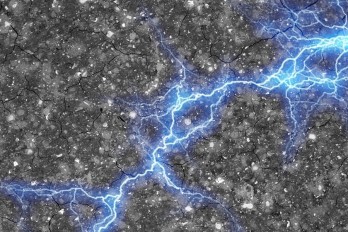
MIT engineers create energy-storing cement mixture
Jul, 31, 2023 | NewsA paper was published on the last day of July, by a team of MIT researchers, regarding the creation...
The world’s first carbon concrete building constructed by researchers in Germany
Nov, 17, 2022 | NewsThe first building made of carbon-reinforced concrete was inaugurated in September after two and a...
Self-sensing and energy-generating concrete was created by engineers
Apr, 27, 2023 | NewsA new generation of concrete that is self-sensing and capable of generating electricity was recent...

Scientists produce high bending capacity concrete using no cement
Mar, 11, 2020 | NewsScientists from Swinburne University in Melbourne, Australia, have created a new concrete material t...
The prospects for carbon-neutral buildings
Oct, 27, 2023 | NewsIn the United Kingdom, buildings account for 33% of greenhouse gas emissions and 40% of global ener...

Concrete's Carbon Capture and Structural Longevity with Supercomputing
Oct, 08, 2025 | NewsResearchers at the University of Southern California have achieved a major milestone in material sc...
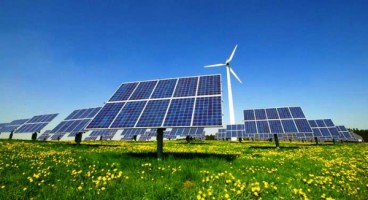
Maybe RES Do Not Need Energy Storage!
Nov, 03, 2015 | NewsRenewable Energy Sources have the largest part in the electrical power that is installed each year a...

By 2050, half of the EU citizens could be generating their own renewable energy
Oct, 10, 2016 | NewsA people-powered energy revolution is possible and may be close at hand A people-powered energy r...
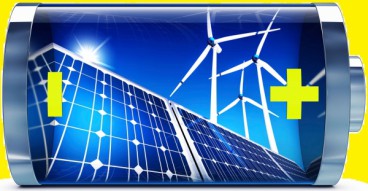
Energy storage could take renewable technology to a whole new level …
Jul, 04, 2016 | NewsStorage systems can make economic sense for renewable energy sources such as wind and solar, accordi...
Trending
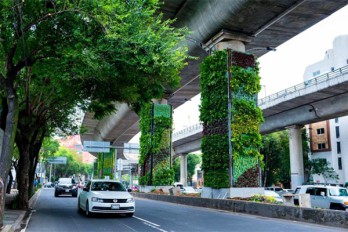
Vertical gardens in Mexico City to combat pollution

Characteristics of Load Bearing Masonry Construction

Taipei 101’s impressive tuned mass damper

Dutch greenhouses have revolutionized modern farming

Saudi Park Closed After 360 Big Pendulum Ride Crashes to Ground, 23 injured

The Line at Neom faces feasibility reassessment while construction continues

King Salman Gate unveiled adjacent to Mecca’s Grand Mosque

